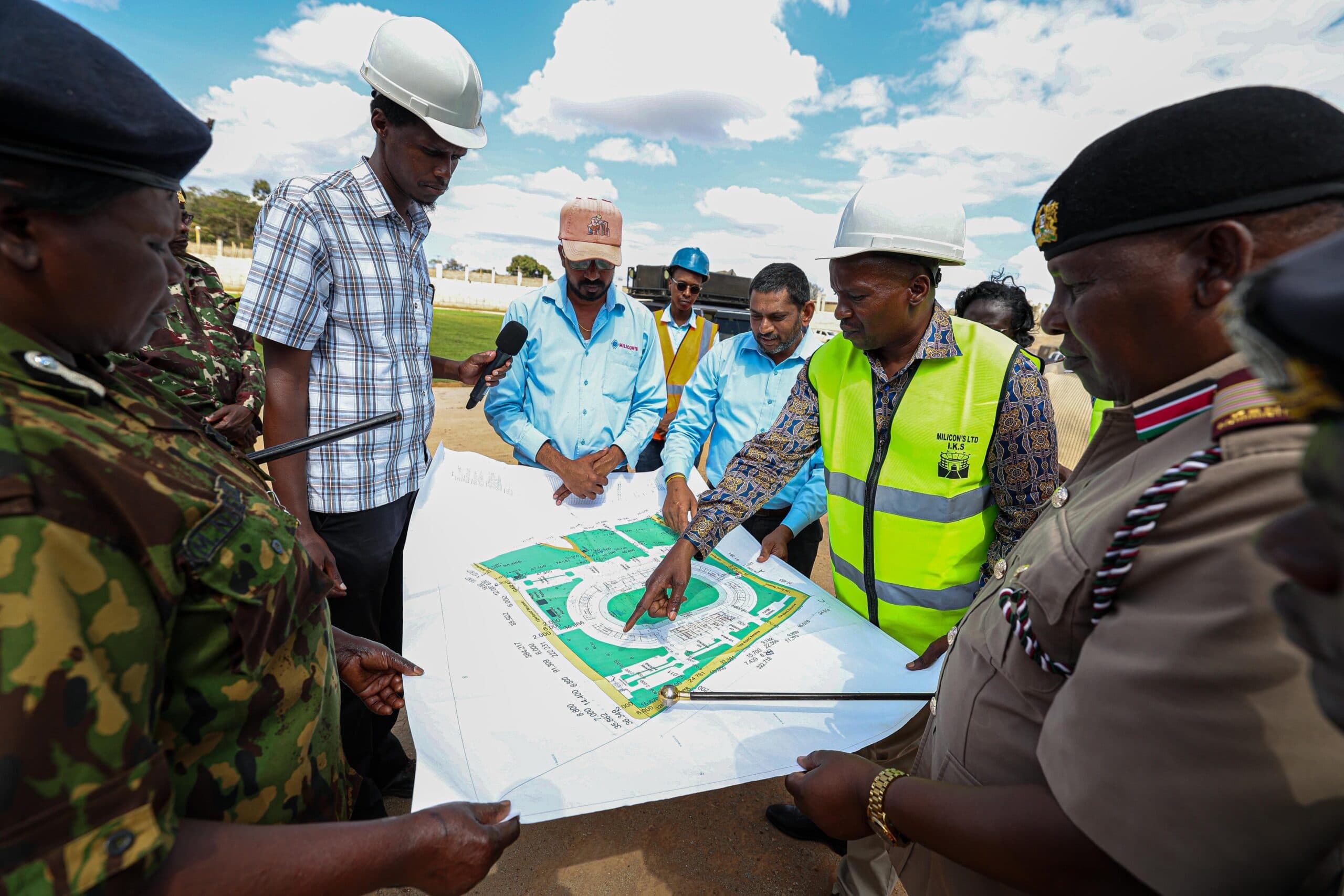Loading News Article...
We're loading the full news article for you. This includes the article content, images, author information, and related articles.
We're loading the full news article for you. This includes the article content, images, author information, and related articles.
Nairobi County is intensifying road rehabilitation across multiple wards, aiming to improve connectivity and boost local economies under Governor Johnson Sakaja's development agenda.

The Nairobi City County Government has significantly ramped up its infrastructure development efforts, particularly focusing on road rehabilitation through the Ward Development Programme (WDP). This initiative, spearheaded by Governor Johnson Sakaja, aims to enhance last-mile connectivity, improve access to markets and schools, and ultimately restore dignity to Nairobi residents.
A recent inspection tour covered ongoing roadworks in Starehe, Kasarani, and Roysambu sub-counties, areas characterized by dense residential and commercial activity. Eng. Eston Kimathi, CEO of the Ward Development Programme, affirmed that the projects are on track and are already making a direct impact on people's daily lives.
These projects are part of Governor Sakaja's broader commitment to equitable infrastructure development across all of Nairobi.
The Ward Development Programme (WDP) model is designed to deepen Kenya's devolution to the ward level, integrating local knowledge and community priorities into planning and public goods investments. Established in 2014, the Nairobi City County Ward Development Fund ensures a specific portion of the county's annual budget is dedicated to ward-level development, particularly for poverty alleviation. The WDP model has been recognized for its potential to empower communities, enhance local governance, and build resilience.
Deputy President Kithure Kindiki has consistently advocated for equitable development across Kenya, condemning ethnic-based politics and emphasizing the government's commitment to serving all citizens regardless of their affiliations. He has highlighted ongoing multi-billion-shilling development projects across various counties, including road upgrades, electricity connections, and modern markets, as part of this commitment.
Analysts suggest that the accelerated development under the WDP could significantly influence public debate and policy execution in the near term. Stakeholders are urging for greater clarity on project timelines, associated costs, and safeguards to ensure transparency and accountability. Kenya faces a significant infrastructure funding gap, requiring an estimated KSh 560 billion (approximately USD 4.33 billion) annually for development and maintenance, with only about KSh 224 billion (USD 1.73 billion) currently available. The government is increasingly looking to Public-Private Partnerships (PPPs) to bridge this gap, aiming to raise KSh 293.6 billion for major infrastructure projects.
While the WDP promises significant improvements, challenges remain. The success of the model relies heavily on empowering and motivating ground-level implementers and ensuring that WDP complements existing governance approaches. Additionally, effective representation and accountable decision-making through inclusive public selection of Ward Planning Committees are crucial for the model's success.
Separately, the Nairobi City County Government recently initiated a crackdown on unauthorized developments, inviting property owners to regularize structures built without permits but which meet safety standards. This exercise, anchored in the Nairobi City County Regularization of Unauthorized Development Act, 2025, aims to resolve longstanding land ownership and planning disputes.
The coming months will be critical for observing the sustained momentum of the WDP projects and how effectively the Nairobi County Government addresses the calls for transparency and accountability from stakeholders. The integration of community feedback and the resolution of land disputes will be key indicators of the programme's long-term success. Furthermore, the government's strategy for leveraging PPPs to fund the ambitious infrastructure agenda will be closely watched.